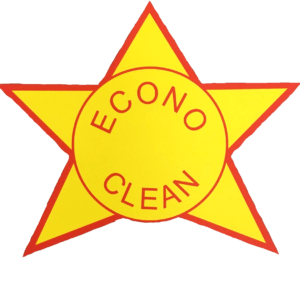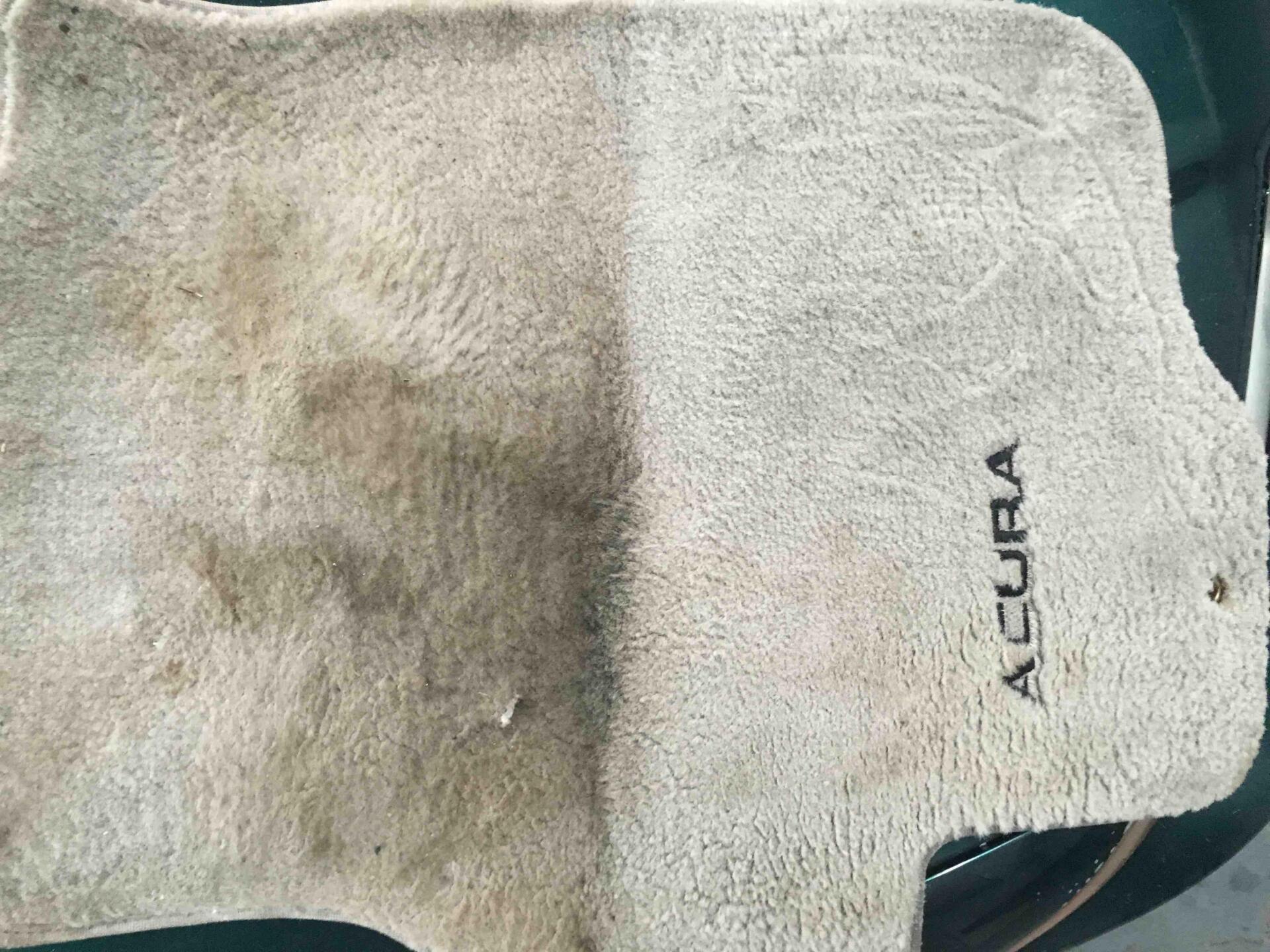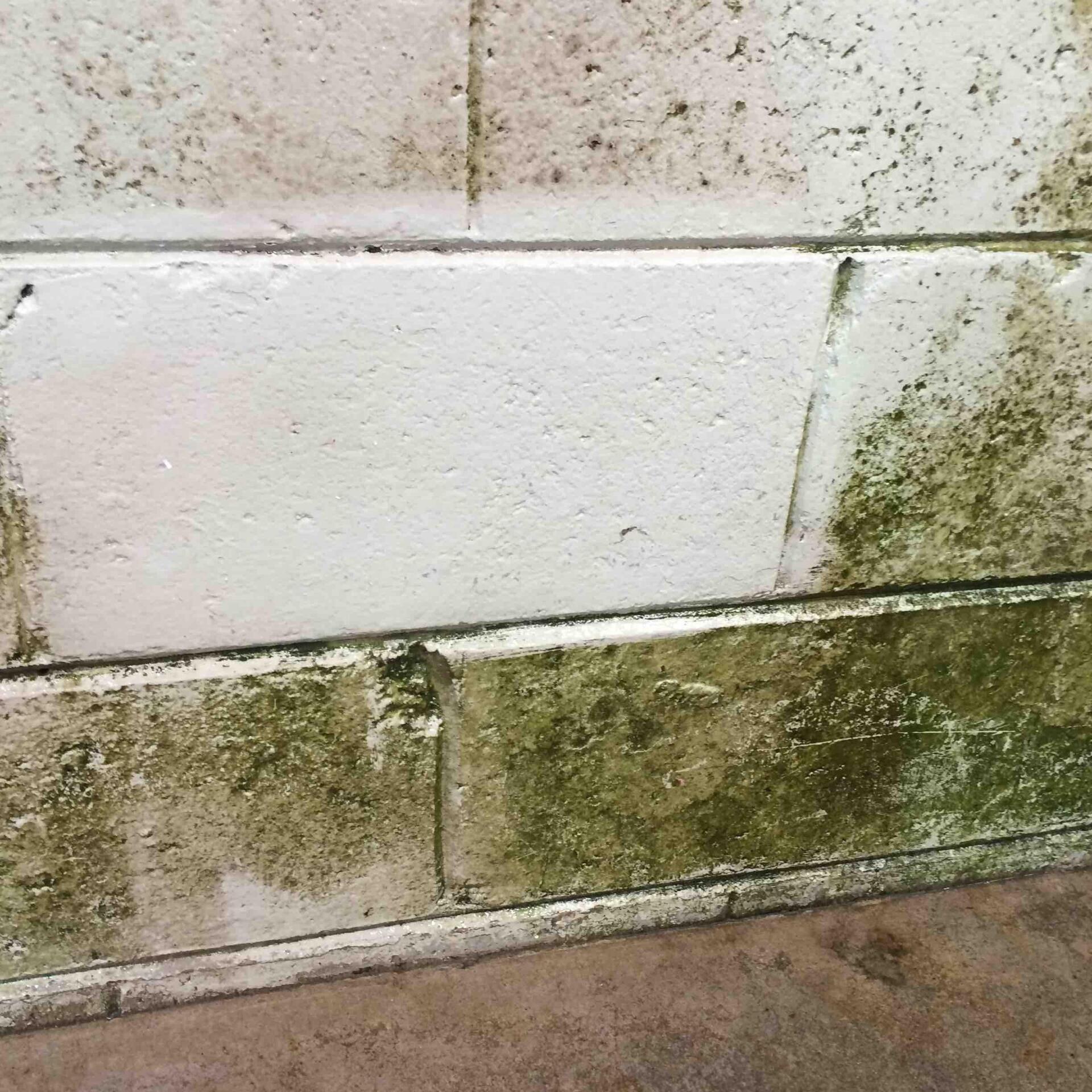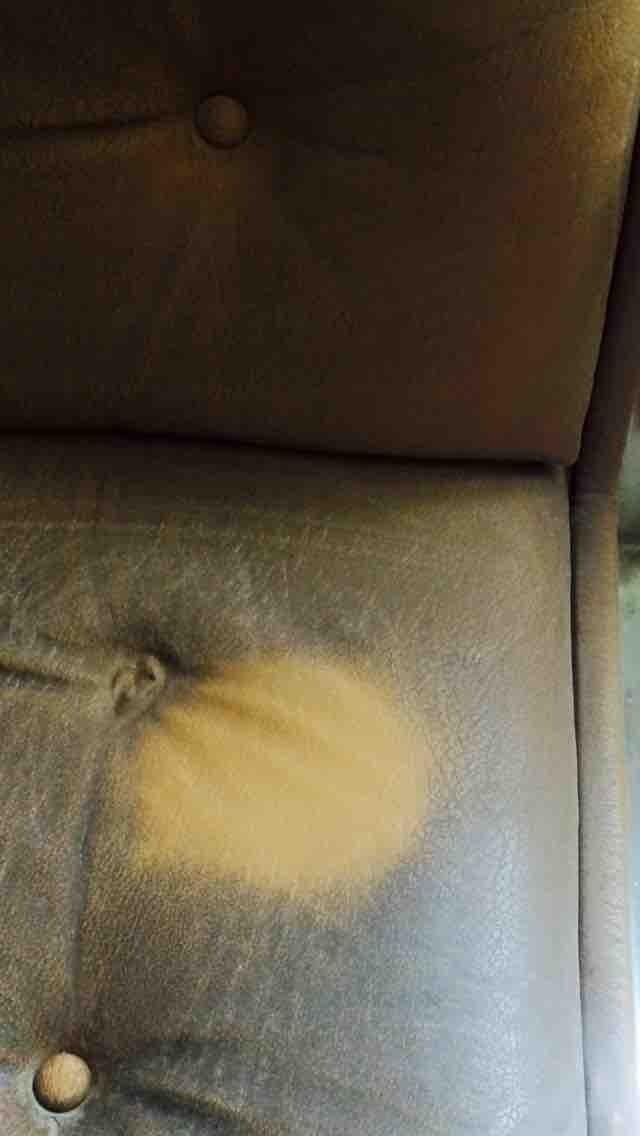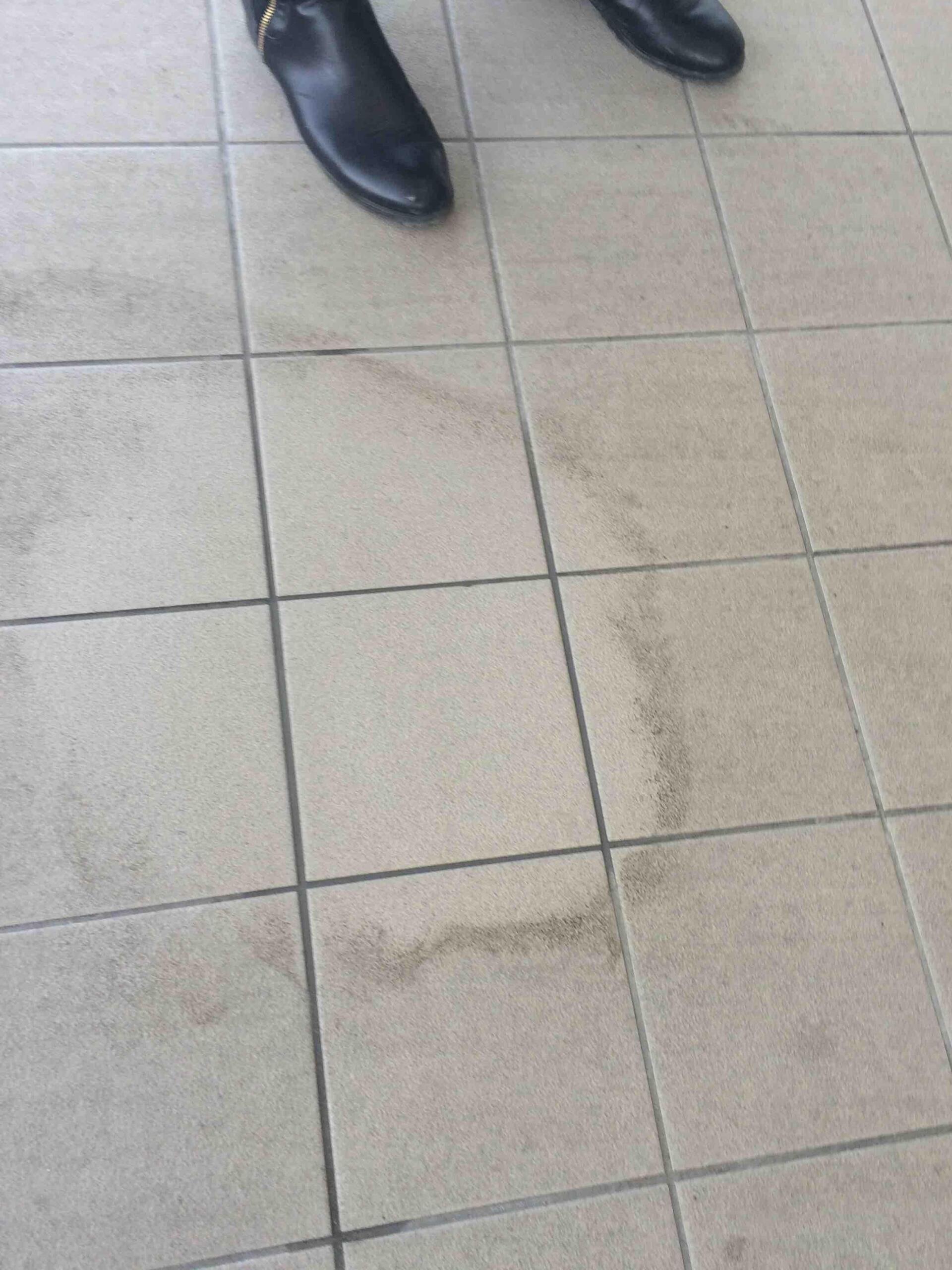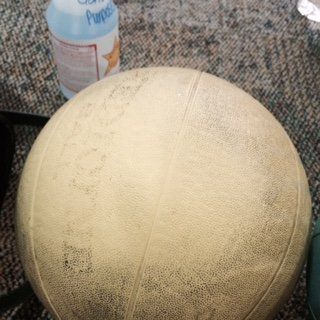Safety Data Sheet
ECONO-CLEAN
SECTION 1. IDENTIFICATION
Product Identifier ECONO-CLEAN
Other Means of Identification DL000
Recommended Use All Purpose Cleaner - Concentrate.
Restrictions on Use Industrial Use Only - Keep Away from Children.
Manufacturer Identifier Chemisphere Solutions Ltd, 15 Calder Place, St. Albert, Alberta, T8N 5A6, Canada
Supplier Identifier Econo Chem, #2 2660 Kyle Road, West Kelowna, BC, V1Z 2N1, Canada CANUTEC, 613 966 - 6666, 24 Hours
Emergency Phone No.
Alberta Poison Centre, (800) 332 - 1414, 24 Hours
SDS No. 02150001
SECTION 2. HAZARD IDENTIFICATION
Classification Acute toxicity (Oral) - Category 4; Skin irritation - Category 2; Eye irritation - Category 2
Label Elements Exclamation label
Signal Word:
Hazard Statement(s):
Harmful if swallowed. Causes severe skin burns and eye damage.
Precautionary Statement(s):
Prevention:
Do not breathe dusts or mists.
Wash hands and skin thoroughly after handling.
Do not eat, drink or smoke when using this product.
Wear protective gloves/protective clothing/eye protection/face protection.
Response:
IF SWALLOWED: Call a POISON CENTRE or doctor if you feel unwell.
IF ON SKIN (or hair): Take off immediately all contaminated clothing. Rinse skin with water/shower.
IF INHALED: Remove person to fresh air and keep comfortable for breathing.
IF IN EYES: Rinse cautiously with water for several minutes. Remove contact lenses, if present and easy to do. Continue rinsing.
Wash contaminated clothing before reuse
Storage:
Store locked up.
Disposal:
Dispose of contents and container in accordance with local, regional, national and international regulations.
Other Hazards
Repeated exposure may cause skin dryness or cracking.
SECTION 3. COMPOSITION/INFORMATION ON INGREDIENTS
Mixture:
| Chemical Name | CAS No. | % | Other Identifiers | Other Names |
|---|---|---|---|---|
| Sodium tripolyphosphate | 7758-29-4 | 5-10 | ||
| Diethylene glycol monobutyl ether | 112-34-5 | 4-10 | ||
| Sodium Metasilicate | 10213-79-3 | 1-5 | ||
| Benzenesulfonic acid, C10-16-alkyl derivs. | 68584-22-5 | 1-5 | ||
| Sodium hydroxide | 1310-73-2 | 1-5 |
Notes
Contact manufacturer/supplier in case of an emergency.
The specific chemical identity and/or exact percentage of composition (concentration) has been withheld as a trade secret.
SECTION 4. FIRST-AID MEASURES
First-aid Measures
Inhalation
Move to fresh air. Call a Poison Centre or doctor if you feel unwell.
Skin Contact
Take off contaminated clothing, shoes and leather goods (e.g. watchbands, belts). Quickly and gently blot or brush away excess chemical. Wash with plenty of water. Thoroughly clean clothing, shoes and leather goods before reuse or dispose of safely. If irritation develops or persists, get medical attention.
Eye Contact
Avoid direct contact. Wear chemical protective gloves if necessary. Quickly and gently blot or brush chemical off the face. Rinse cautiously with water for several minutes. Remove contact lenses, if present and easy to do. Continue rinsing. Immediately call a Poison Centre or doctor.
Ingestion
Never give anything by mouth if person is rapidly losing consciousness, or is unconscious or convulsing. Do not induce vomiting. Rinse mouth with water.
Immediately call a Poison Centre or doctor.
Most Important Symptoms and Effects, Acute and Delayed
Treat symptomatically. Contact poison treatment specialist immediately if large quantities have been ingested or inhaled.
Immediate Medical Attention and Special Treatment
Medical Conditions Aggravated by Exposure
None known.
SECTION 5. FIRE-FIGHTING MEASURES
Extinguishing Media
Suitable Extinguishing Media
Carbon dioxide, dry chemical powder, appropriate foam, water spray or fog.
Unsuitable Extinguishing Media
None known.
Specific Hazards Arising from the Product
Heating increases the release of toxic vapour. Closed containers may rupture violently when heated releasing contents.
In a fire, the following hazardous materials may be generated: irritating chemicals; toxic chemicals; very toxic carbon monoxide, carbon dioxide.
Special Protective Equipment and Precautions for Fire-fighters
Evacuate area. Fight fire from a safe distance or a protected location. Approach fire from upwind to avoid hazardous vapours or gases. Knock down vapours or gases with water fog or fine water spray.
Before entry, especially into confined areas, use an appropriate monitor to check for: toxic gases or vapours. Fire-fighters may enter the area if positive pressure SCBA and full Bunker Gear is worn.
SECTION 6. ACCIDENTAL RELEASE MEASURES
Personal Precautions, Protective Equipment, and Emergency Procedures
Emergency responders: evacuate the area immediately. Isolate the hazard area. Keep out unnecessary and unprotected personnel. Do not touch damaged containers or spilled product unless wearing appropriate protective equipment. Increase ventilation to area or move leaking container to a well-ventilated and secure area. Remove or isolate incompatible materials as well as other hazardous materials.
Environmental Precautions
It is good practice to prevent releases into the environment.
Methods and Materials for Containment and Cleaning Up
Stop or reduce leak if safe to do so. Small spills or leaks: flush spill area.
Large spills or leaks: contain and soak up spill with absorbent that does not react with spilled product. Place used absorbent into suitable, covered, labelled containers for disposal.
SECTION 7. HANDLING AND STORAGE
Precautions for Safe Handling
Avoid breathing in this product. Do not swallow. Do not get in eyes. Prevent skin contact. Only use where there is adequate ventilation. Avoid generating vapours or mists. Avoid heating that will increase the amount of vapours. Prevent accidental contact with incompatible chemicals.
Never add water to a corrosive. Always add corrosives slowly to COLD water. Properly vent drums to prevent pressure buildup. Do not handle swollen drums. Contact supervisor for advice. Prevent uncontrolled release of product. Avoid release to the environment.
Immediately remove any clothing which becomes wet or heavily contaminated. General hygiene considerations: wash hands thoroughly after handling this material. Do NOT eat, drink or store food in work areas. Wash hands thoroughly after handling this product and before eating, using the washroom or leaving work area. Launder clothes before rewearing. Inform laundry personnel of product hazard(s).
Conditions for Safe Storage
Store in an area that is: separate from incompatible materials (see Section 10: Stability and Reactivity), cool, well-ventilated. Store in a closed container. Do not handle swollen drums. Get expert advice.
Comply with all applicable health and safety regulations, fire and building codes.
SECTION 8. EXPOSURE CONTROLS/PERSONAL PROTECTION
Control Parameters
| ACGIH TLV® | OSHA PEL | AIHA WEEL | ||||
|---|---|---|---|---|---|---|
| Chemical Name | TWA | STEL | TWA | Ceiling | 8-hr TWA | TWA |
| Diethylene glycol monobutyl ether | Not established | Not established | 25ppm | |||
| Sodium Metasilicate | Not established | Not established | ||||
| Sodium hydroxide 2 mg/m3 | 2 mg/m3 |
Appropriate Engineering Controls
Use local exhaust ventilation, if general ventilation is not adequate to control amount in the air. Exhaust directly to the outside, taking any necessary precautions for environmental protection.
Provide eyewash and safety shower if contact or splash hazard exists.
Individual Protection Measures
Eye/Face Protection
Wear chemical safety goggles.
Skin Protection
Wear chemical protective clothing e.g. gloves, aprons, boots.
Respiratory Protection
If engineering controls do not maintain airborne contaminant concentration at a level which is adequate to protect worker health, an approved respirator may be appropriate. Respirator selection, use and maintenance must be in accordance with regulatory requirements, if applicable.
SECTION 9. PHYSICAL AND CHEMICAL PROPERTIES
Basic Physical and Chemical Properties
Appearance Blue.
Odour Peppermint
Odour Threshold Not available
pH 11.5
Melting Point/Freezing Point Not available (melting); ~ 5 ºC (41 ºF) (freezing)
Initial Boiling Point/Range ~ 85 ºC (185 ºF)
Flash Point Not applicable
Evaporation Rate Not available
Flammability (solid, gas) Not applicable (liquid).
Upper/Lower Flammability or Explosive Limit Not applicable (upper); Not applicable (lower)
Vapour Pressure Not available
Vapour Density (air = 1 ) Not available
Relative Density (water = 1) 1.06
Solubility Soluble in all proportions in water
Partition Coefficient, n-Octanol/Water (Log Kow) Not available
Auto-ignition Temperature Not applicable
Decomposition Temperature Not available
Viscosity Not available (kinematic); Not available (dynamic)
SECTION 10. STABILITY AND REACTIVITY
Reactivity
Not reactive under normal conditions of use.
Chemical Stability
Normally stable.
Possibility of Hazardous Reactions
None expected under normal conditions of storage and use.
Conditions to Avoid
Incompatible materials.
Incompatible Materials
Strong oxidizing agents (e.g. perchloric acid), strong acids (e.g. hydrochloric acid).
Hazardous Decomposition Products
Irritating chemicals; toxic chemicals.
Very toxic carbon monoxide, carbon dioxide; flammable hydrogen gas.
SECTION 11. TOXICOLOGICAL INFORMATION
Likely Routes of Exposure
Inhalation; skin contact; eye contact; ingestion.
Acute Toxicity
| Chemical Name | LC50 | LD50 (oral) | LD50 (normal) |
|---|---|---|---|
| Diethylene glycol monobutyl ether | 8690 mg/kg (rat) | 8415 mg/kg (rabbit) | |
| Sodium tripolyphosphate | > 390 mg/m3 (4-hour exposure) | 6500 mg/kg | > 4640 mg/kg |
| Sodium Metasilicate | 1153 mg/kg (male rat) | ||
| Benzenesulfonic acid, C10-16-alkyl derivs. | > 2000 mg/kg (rabbit) | 1470 mg/kg (rat) | |
| Sodium hydroxide | 140-340 mg/kg (rat) | 1350 mg/kg (rabbit) |
Skin Corrosion/Irritation
Animal tests show moderate or severe irritation following repeated applications.
Serious Eye Damage/Irritation
May cause serious eye irritation based on information for closely related materials.
STOT (Specific Target Organ Toxicity) - Single Exposure
Inhalation
May cause nose and throat irritation.
Skin Absorption
No information was located.
Ingestion
May be harmful based on information for closely related materials. May cause irritation of the mouth, throat and stomach. Symptoms may include nausea, vomiting, stomach cramps and diarrhea.
Aspiration Hazard
Not known to be an aspiration hazard.
STOT (Specific Target Organ Toxicity) - Repeated Exposure
May cause effects similar to STOT (Specific Target Organ Toxicity) - Single Exposure, as described above.
Respiratory and/or Skin Sensitization
Not known to be a respiratory sensitizer. Not known to be a skin sensitizer.
Carcinogenicity
| Chemical Name | IARC | ACGIH® | NTP | OSHA |
|---|---|---|---|---|
| Sodium Metasilicate | Not Listed |
Not known to cause cancer.
Reproductive Toxicity
Development of Offspring
Not known to harm the unborn child.
Sexual Function and Fertility
Not known to cause effects on sexual function or fertility.
Effects on or via Lactation
Not known to cause effects on or via lactation.
Germ Cell Mutagenicity
Not known to be a mutagen.
Interactive Effects
No information was located.
SECTION 12. ECOLOGICAL INFORMATION
This section is not required by WHMIS. This section is not required by OSHA HCS 2012.
SECTION 13. DISPOSAL CONSIDERATIONS
Disposal Methods
This section is not required by OSHA HCS 2012. This section is not required by WHMIS 2015.
SECTION 14. TRANSPORT INFORMATION
This section is not required by WHMIS 2015. This section is not required by OSHA HCS 2012.
Special Precautions
Not applicable
Transport in Bulk According to Annex II of MARPOL 73/78 and the IBC Code
Not applicable
SECTION 15. REGULATORY INFORMATION
Safety, Health and Environmental Regulations
This section is not required by OSHA HCS 2012. This section is not required by WHMIS.
SECTION 16. OTHER INFORMATION
SDS Prepared By Chemisphere Solutions Ltd
Phone No. (780) 460-4670
Date of Preparation May 18, 2018
Date of Last Revision May 18, 2018
Key to Abbreviations
IARC = International Agency for Research on Cancer
HSDB® = Hazardous Substances Data Bank
OSHA = US Occupational Safety and Health Administration
References
CHEMINFO database. Canadian Centre for Occupational Health and Safety (CCOHS). HSDB® database. US National Library of Medicine. Available from Canadian Centre for Occupational Health and Safety (CCOHS)
Create a more memorable first impression in your stores with Econo-Clean today
Delivering exceptional service, high-performance maintenance products and solutions since 1989.
Store Products
Join our newsletter
Join Newsletter
We will get back to you as soon as possible.
Please try again later.
All Rights Reserved | Econo-Chem | In Partnership with CCC
